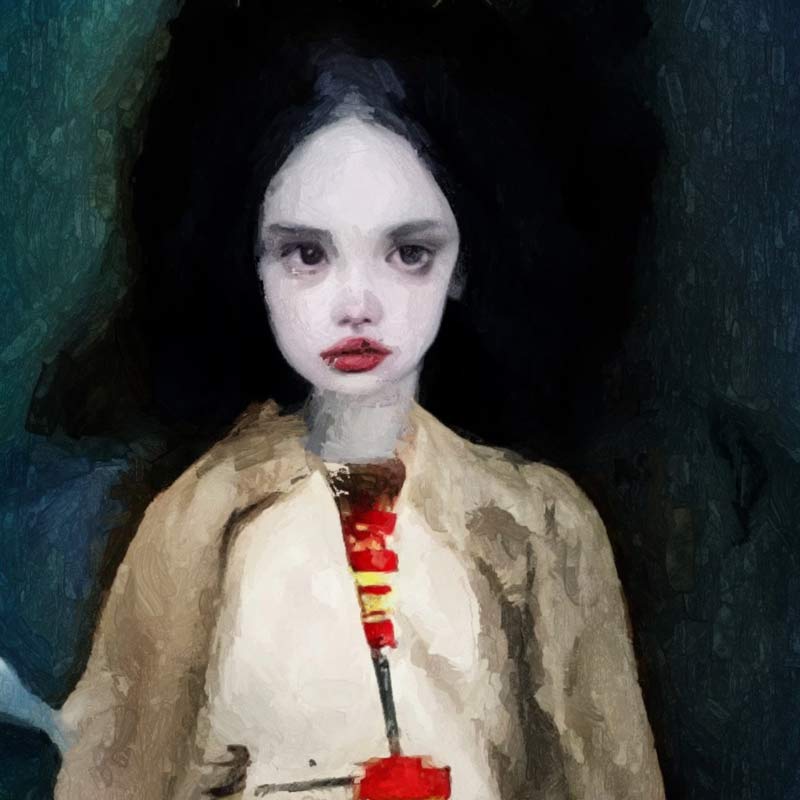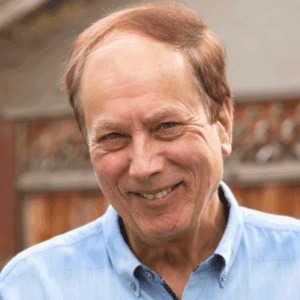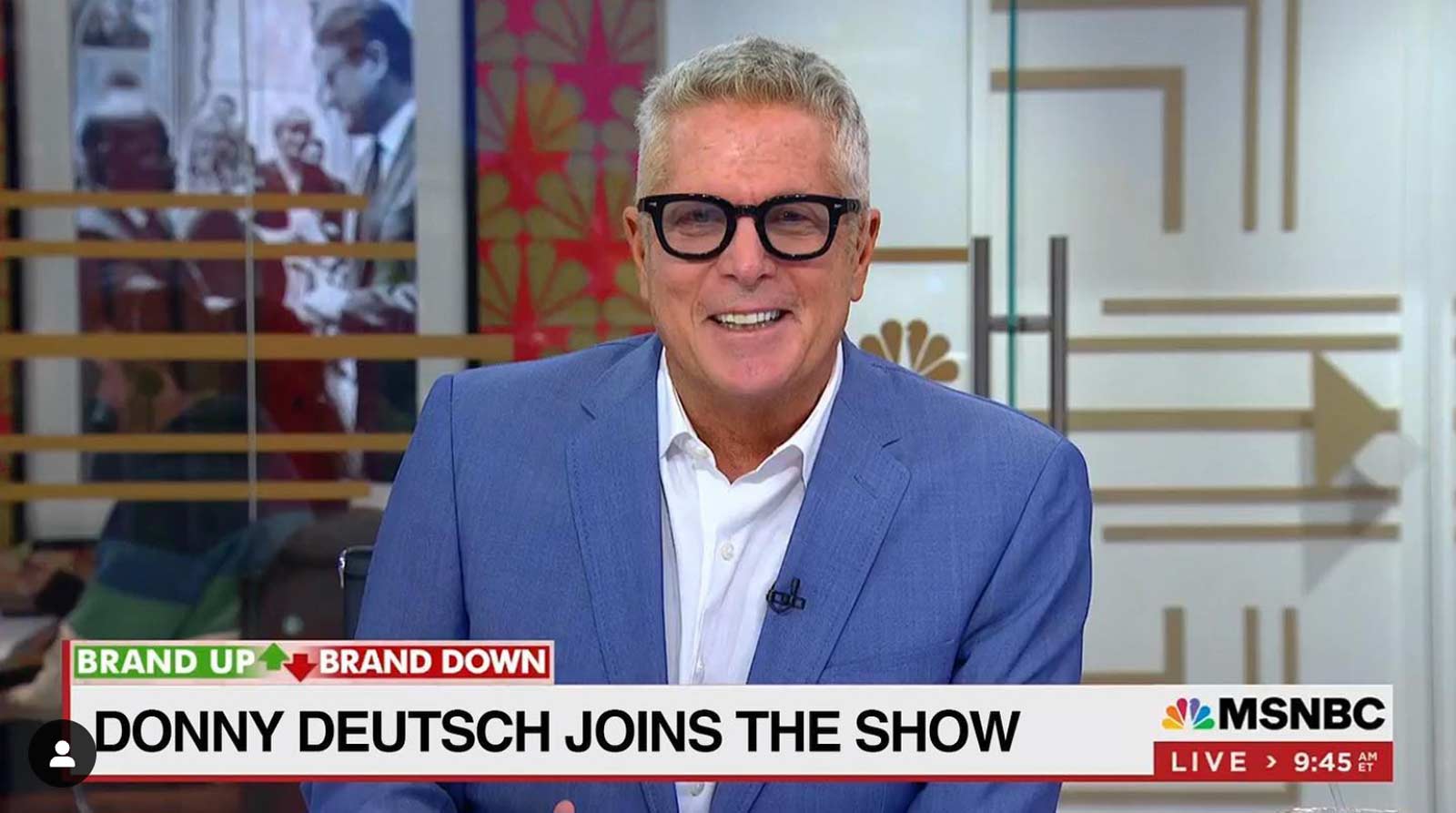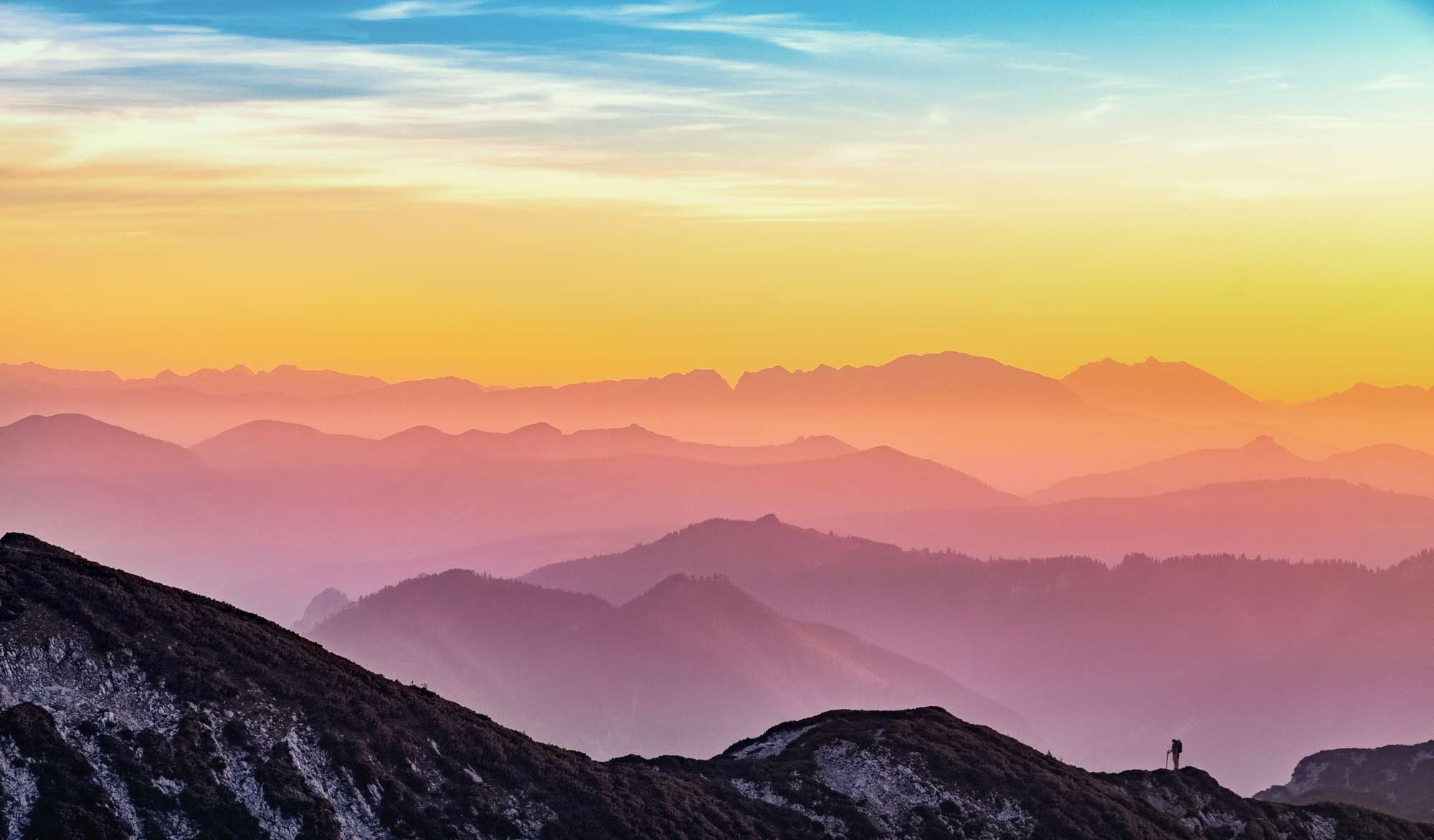Pioneer Claire Silver’s journey through the disruptive landscape of AI-generated art

As someone with one foot in the creative world and one foot in the tech world, I’ve long been fascinated by the tug of war between the two realms. At times, their business imperatives intersect. But more often than not, tech companies have a very different business model than creator-oriented enterprises.
We’ve seen the conflict play out in the music world when Napster and free mp3 download services disrupted the music industry’s business model. We’ve seen new technologies open up the creative process to millions of bloggers, newsletter authors, video makers, amateur photographers and others who never would have had the chance to earn an income or make a living from their hobby.
And now comes one of the biggest disruptive forces in years: AI-generated art. Talk about overturning tables! This wave threatens to overturn the entire gift shop.
AI art had a banner year in 2022, and 2023 promises to see its growth explode, with services like Midjourney, Stable Diffusion, DALL-E and otehrs offering easy-to-use tools with text prompts that result in often astonishing imagery conjured up in seconds or minutes.

The critics have been all over this one, pointing out that those whose original works are being sourced by the various AI companies’ algorithms are not being compensated or credited for their works. (For its part, Stable Diffusion, draws on more than 5 billion images for its training model package, including from photos on Pinterest and Flickr.)
Fair point. We’ll see how that plays out over time in the courts – including the court of public opinion.
For now, AI art seems to be here to stay, despite being banned from some sites and despite continuing legal questions.
Amid this miasma of disruptive change, a few clear voices are helping to bring light to the darkness.
Shedding light amid the moral panic
Leading the way is the prolific Claire Silver, who has been one of the NFT space’s leading AI artists since 2020. Check out her thoughtful remarks on the subject on a recent Proof podcast episode, the ironically titled, “AI Art Is Not Art.”
Some key insights in Claire’s efforts to swat down what I consider a moral panic around AI art:
“[A lot of the claims around AI theft and plagiarism] come from a misconception that AI looks at other people’s art and takes pieces of it and collages it together — kind of cobbles it into a new piece. And that is not the case for current modern models. They learn about an image as far as a non-sentient being can. They [learn about the human form] and brushstrokes and lighting and imagine what a piece might look like based on the parameters you input — as opposed to taking pieces of things and kind of photo bashing them together.”
“Alejandro Cartagena, who is an incredible artist, pointed out that in 1863, the great French poet Charles Baudelaire famously declared photography to be the refuge of every would-be painter, every painter too ill-endowed or too lazy to complete his studies. And here we are now. AI is being described the same way. And that I think resonates very much for me — the same arguments of you just push a button. You didn’t make that. And I also hear quite often, like, well, it’s not really your art with AI unless you build the models. To which [I’d answer], Well, did you build the camera? Or did you program the software for Photoshop? I feel like it’s just an argument heard every time there’s a significantly disruptive technology that comes into the creative world.”
“I [like to cite] this quote, which is probably overused now, but it’s taste is the new skill. My idea with that is just that if AI levels the playing field in terms of skill by augmenting skill, then your taste is going to be the definitive sort of deciding factor for whether or not that work stands out.”
Go listen to the podcast. It’s an inspiring story of an artist who’s helping to steer a new creative form in exciting new directions.






